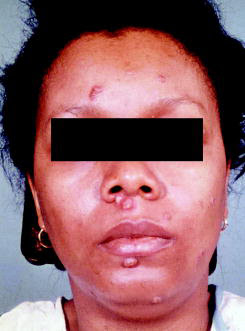Recommendations on uptodate for treatment of Parkinson Disease
Levodopa (combined with a peripheral decarboxylase inhibitor, ie, Sinemet, Madopar, or Prolopa) is the most effective symptomatic therapy for Parkinson's disease (PD) and should be introduced when the patient and physician jointly decide that quality of life, particularly related to job performance or self care, is substantially compromised. However, levodopa is associated with a higher risk of dyskinesia than the DAs. There does not appear to be a benefit of initiating treatment with controlled release levodopa compared with the immediate release preparation, and the former may limit the ability to follow the initial response to therapy. As a result, it is recommended that therapy be initiated with an immediate release preparation with a subsequent switch to controlled release if indicated. (See "Levodopa" above).
With the exception of pergolide and cabergoline, the dopamine agonists are a useful group of drugs that may be used either as monotherapy in early PD or in combination with other antiparkinsonian drugs for treatment of more advanced disease. They are ineffective in patients who show no response to levodopa. They possibly delay initiation of levodopa therapy and the subsequent appearance of levodopa dyskinesia and motor fluctuations, but at the risk of slightly less efficacy and increased adverse effects [15,51]. (See "Dopamine agonists" above).
Pergolide and cabergoline should not be used for PD because of the risk of valvular heart disease. (See "Valvular heart disease" above).
Selegiline has mild symptomatic benefit, and it may be used in patients with early PD [1,94]. Its use should be limited to patients with early disease since the symptomatic benefits are unlikely to be significant in those with more advanced PD. Nevertheless, patients should understand that there may not be much symptomatic improvement if selegiline is the initial treatment for early PD, and early follow-up and consideration of additional symptomatic therapy should be arranged. The value of selegiline for neuroprotection is unclear [94]. (See "MAO B inhibitors" above).
It is reasonable to initiate therapy with a DA in younger patients (age <65)>65). However, there are exceptions to these general rules, and all treatments should be individualized. Levodopa is the drug of choice if symptoms seriously threaten the patient's lifestyle.
Anticholinergic drugs should be reserved for younger patients in whom tremor is the predominant problem. Their use in older or demented individuals and those without tremor is strongly discouraged.
 12,000/microL who are considered to have MDS, and the proliferative-type CMML with a WBC >12,000/microL, who are considered to have a chronic myeloproliferative disorder [
12,000/microL who are considered to have MDS, and the proliferative-type CMML with a WBC >12,000/microL, who are considered to have a chronic myeloproliferative disorder [





